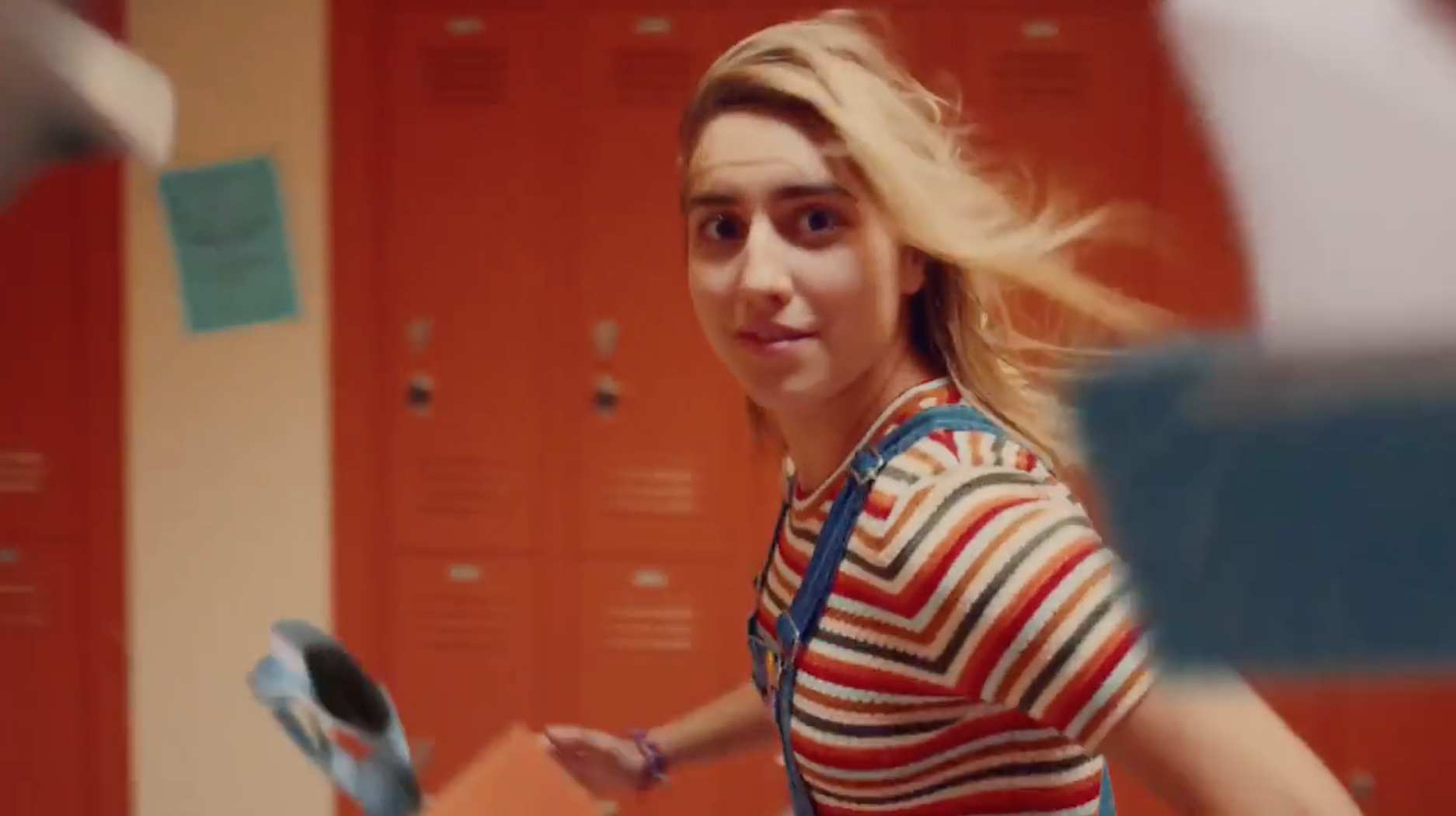Faces, we’ve all got them, they’re not a millennial phenomena like everything else seems to be these days. However, somehow in recent years, the stuff you can do with them seems to have changed. If rapidly developing tech is to have its wicked way, our faces are to become a commodity. Something we not only carry around with us but something we actually transact with. This new dawn seems to have crept up on us through a series of seemingly innocent steps…
Taking pictures of your face
The face took its first step towards total world domination the moment some bright spark coined the term ‘selfie’. Although shy tourists too bashful to ask an unsuspecting passer-by to take a photo of them have been turning the camera on themselves since records began, it seems to be the popularisation of the ‘selfie’ that has propelled the face on its meteoric rise. Just look at one of Apple’s central advertising campaigns for the iPhone X – a key hook of this £1000 device seems to be the ability to take a pretty selfie of yourself with their studio quality filters. Similarly, Samsung has taken note and are pushing their super slo-mo camera, so you can capture your sassy hair flick in all its glory. As the tech giants go to war, it’s clear the face is a key battleground.
Putting pictures of other stuff on your face
If I had a pound for every Facebook profile picture I’ve seen this week that’s adorned with a long dog tongue and Dalmatian ears I’d be able to feast on Gregg’s sausage rolls for every meal. This is Snapchat’s legacy. With face filters and augmented reality apps on the rise and only getting bigger and better, it’s a key tech trend that brands are scrambling to get involved with. Whether it’s turning your face into a taco, morphing into a Frappuccino or becoming the star of the latest movie release, branded facial filters and AR experiences are here to stay. When their power is truly harnessed, and the experience is right, they are a powerful tool with which brands can engage with new and existing audiences, allowing even corporate multi-nationals to have a little fun with consumers, doing it in a playful and personalised way.

Unlocking things with your face
The future is officially here. Although around for a while, facial recognition technology is now sophisticated enough to be used for financial or secure transactions. In fact, face detection technology is already widespread in China, allowing customers to authorise payments, verify their taxi driver’s identity or gain access to facilities and secure buildings. The iPhone X once again rears its ugly head here (ok, well it’s not exactly ugly) with Dougal Wilson’s new ad that sees a girl unlock her phone using just her face. Queue the onslaught, as she unlocks an array of things around her school, from lockers to jars of frogs, in a riotous melee of colour and chaos, all controlled by our friend the face. So there you have it, with each incremental baby step for the face, we have landed here. Where the face is modern-day currency.

So what does all this mean? In a time that the appropriately named Facebook has been exposed for harvesting millions of pieces of data which may have been used to support the Trump campaign, do we really want our devices to be constantly recording and measuring our faces? If brands are to realise the true potential of this facial technology they will need to tread carefully and be sensitive to privacy and act transparently. Nonetheless, it’s clear that for many consumers reading 1984 for their GCSE coursework did not leave a lasting impression. As long as brands use the technology to create an experience, one that fits with their brand values and campaign messages and doesn’t feel disingenuous, then consumers still seem willing to engage with their face.
To learn more about how you can create the right experiences for your brand, or even your face, contact us at hello@underscore.co.uk
